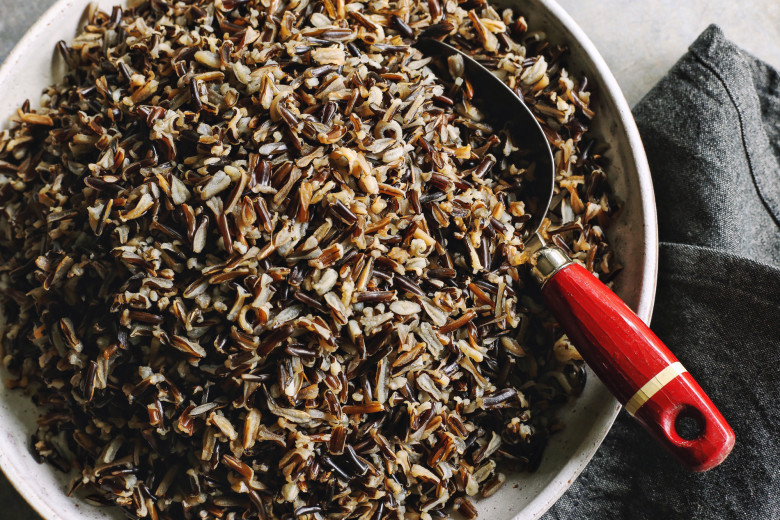Types of Rice
Fried Rice
When
Where
Why
Types of rice
- An Italian short grain, Arborio rice is large, bold, and marked with a unique white dot in the center. It is often used for risotto since it can absorb liquid and flavor over slow cooking. The result? Unmatched creamy texture with a chewy core. Since it holds its shape so well, it is also suited to making arancini, or fried rice balls. Likewise, we like the way it plumps up and naturally thickens minestrone.
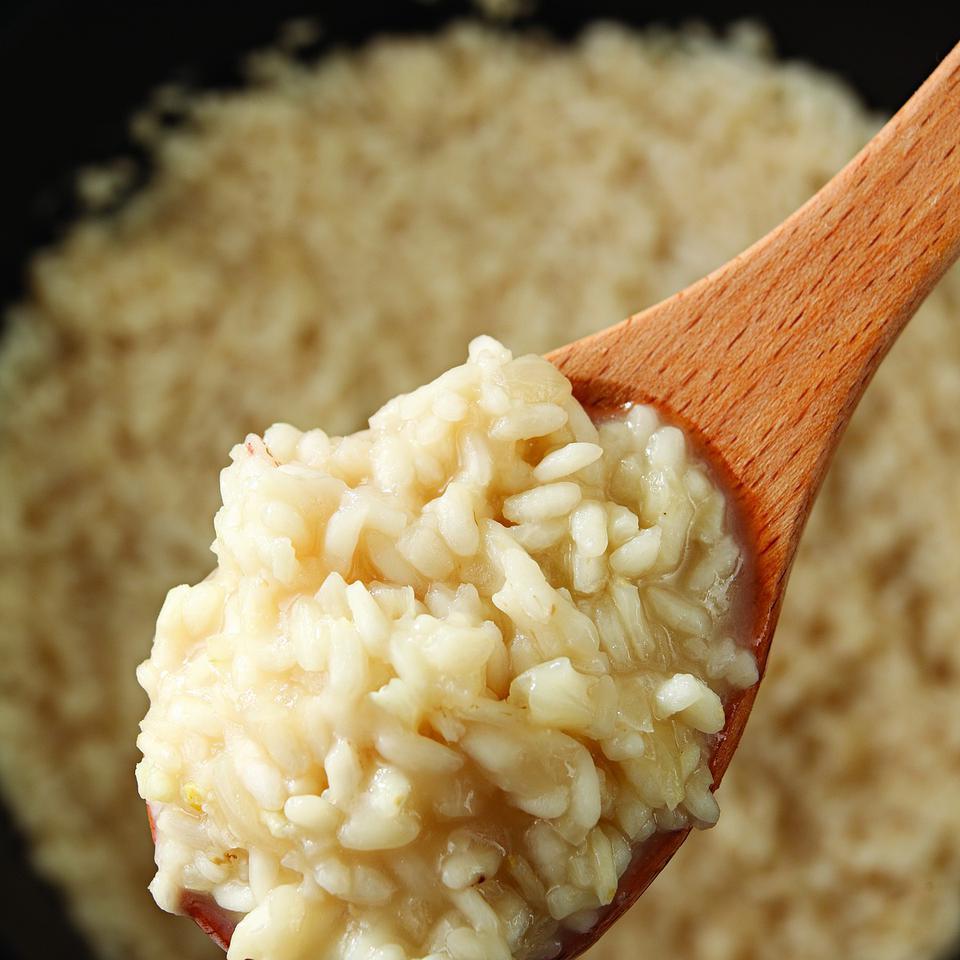
- Basmati rice is a long grain grown in India and Pakistan. This extremely fragrant variety gets its robust flavor from an aging process. Yep, it's aged for about one year after harvesting. We love serving it with a simple curry to play up the grain's natural aroma. You can also incorporate favorite vegetables and warm spices into the rice-like Plated's take on Lamb Biryani.
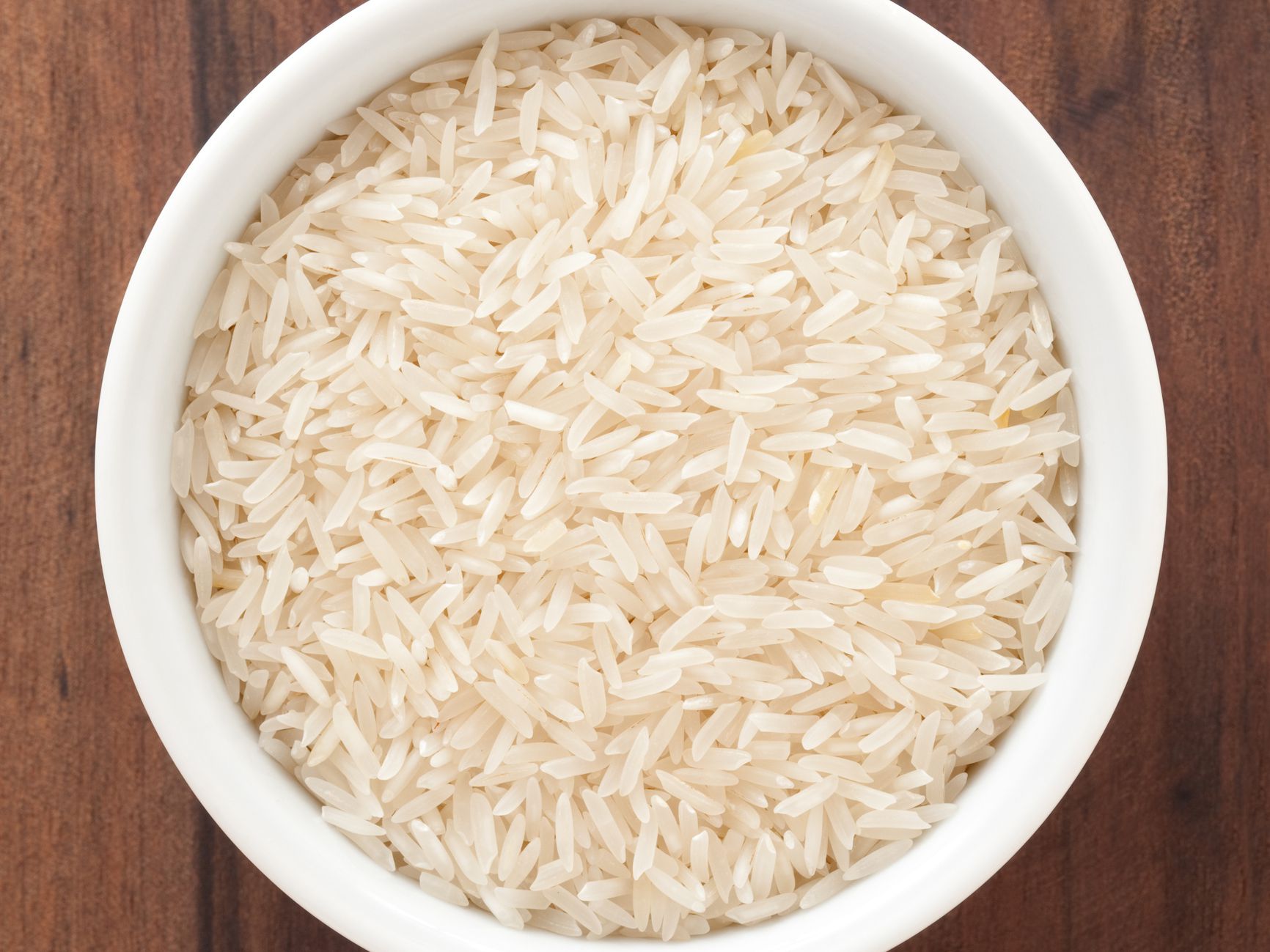
- Black rice, also known as "forbidden rice" or "emperor's rice," was an exclusive food fed only to emperors in China. It owes its color to its high level of anthocyanin, the same antioxidant found in eggplant, blueberries, and purple corn. Rich in nutrients, this gorgeous and flavorful medium-grain rice is frequently used in Asian cuisine. Try stirring it into a mushroom saute accented with fragrant cilantro. You can also blend it with brown rice to make a sweet coconut rice pudding.
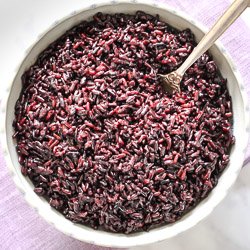
- Originally from Thailand, jasmine rice has a floral aroma. It is a long grain that cooks up soft and slightly sticky. Jasmine rice is the perfect choice for a dinner of Persian jeweled rice speckled with dried fruit. It also pairs well with Jamaican jerk chicken or a spicy curry.
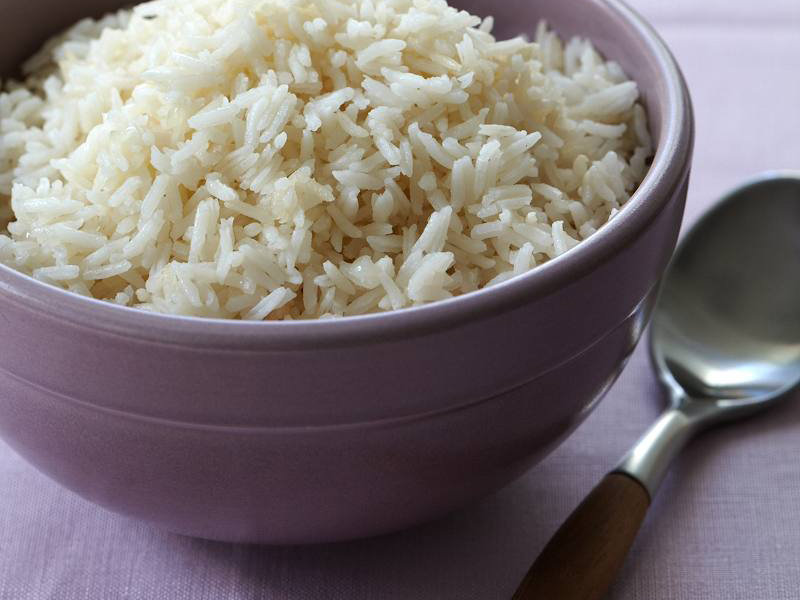
- Brown rice comes in short or long grain varieties. It has been milled to remove the outer husk but retains its bran layer, which is chock-full of nutrients. Cooked brown rice boasts a subtly chewy texture and nutty flavor. You can swap in this grain for any dish that you would use white rice for. We like the way it adds a dose of heartiness to our favorite Chinese stir-fry or a dish of Mexican rice and beans.
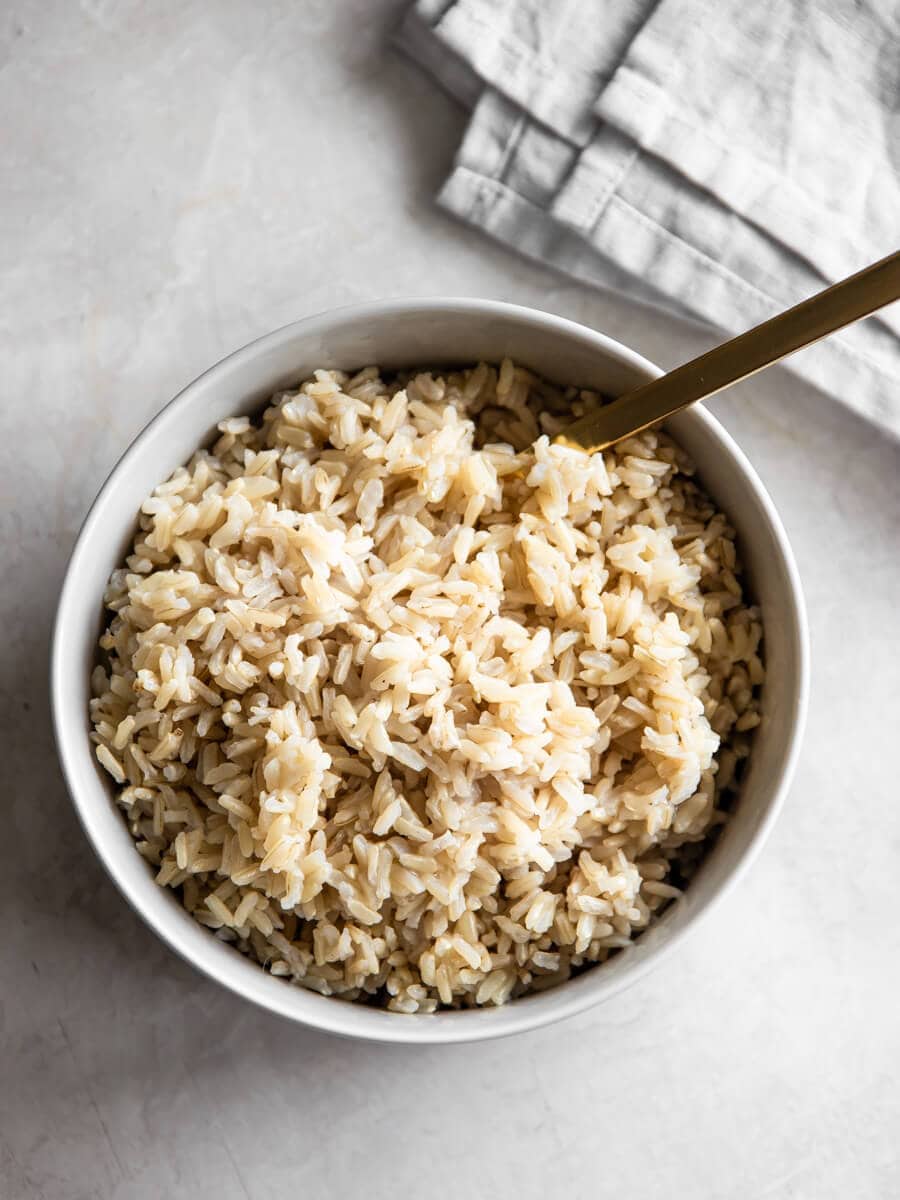
- Grown in India, matta or rosematta rice is a medium grain with a reddish color. Its bran layer is full of natural nutrients. Known for its robust earthy flavor, this variety calls for meaty accompaniments like lamb, beef, or game. It is well suited to slow-cooking stews and rich curries.
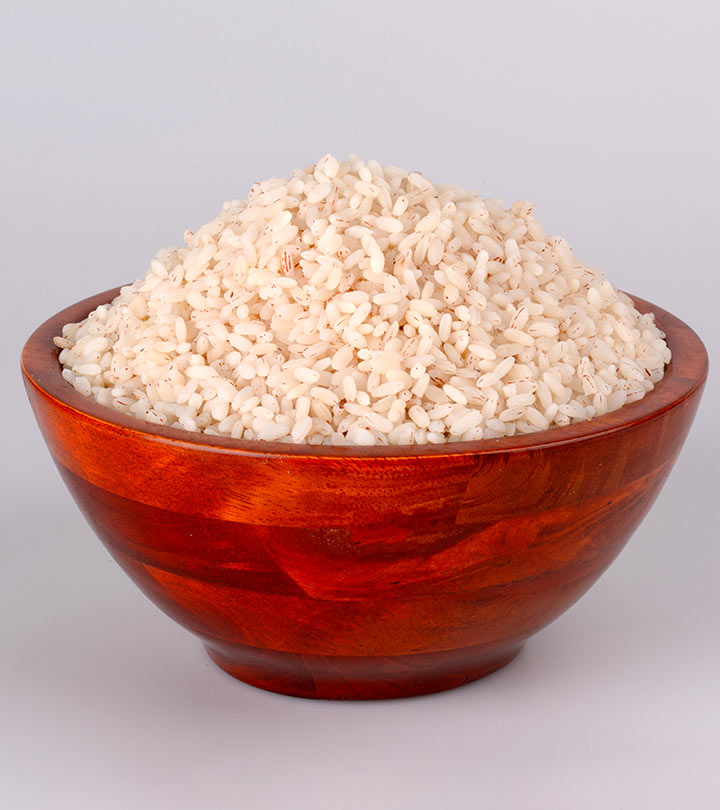
- Red cargo rice is a Thai long grain milled to remove the outer husk while retaining its layer of bran. As a result, it has a reddish-brown hue and contains more nutrients than regular white rice. It requires a longer cooking time and results in a chewier texture than jasmine rice. Its nutty flavor makes it a hearty accompaniment to curries, fish, and meat. We also like combining it with stir-fried vegetables for a filling salad.

- Parboiled rice has been processed in its husk by soaking, steaming, and drying. As a result, all the nutrients from the husk are absorbed into the grain before it's removed. The starch content alters in the process, making cooked parboiled rice less sticky than regular white rice. This type of treated rice is particularly suited to thick curries, absorbing them gloriously.

- Grown primarily in Asia, sticky or glutinous rice does not actually contain any dietary gluten. Its high starch content results in a sticky, glue-like texture when cooked. White and opaque, it is popularly used in sweet and savory preparations. Turn this sticky rice into rice pudding or soak it in sweet coconut milk and enjoy with fresh mango. It's also pretty unforgettable paired with sesame shrimp and wrapped in lettuce leaves.
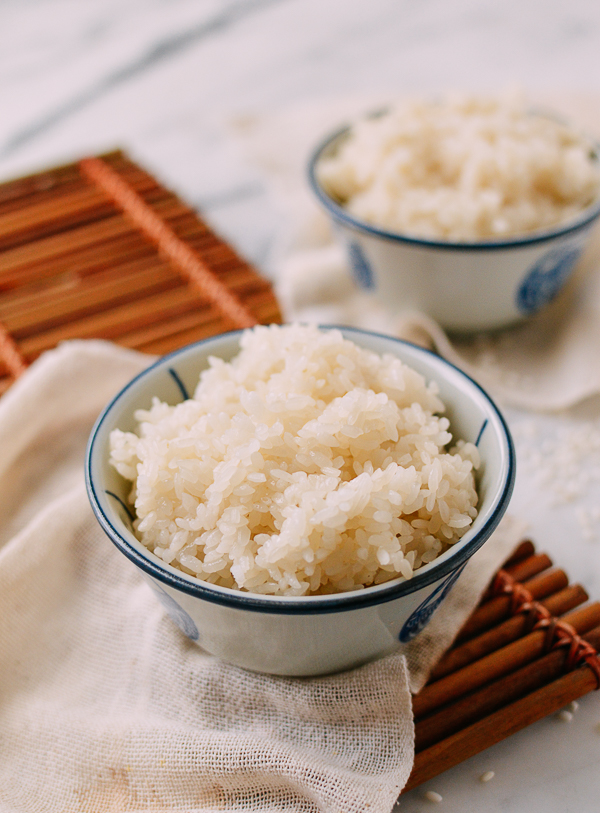
- Sushi rice is white or brown Japanese short-grain rice. Its high starch content creates the stickiness needed to make your favorite types of sushi. Aside from rolls and hand rolls, you can also use this rice like you would regular white rice. Try it with a dipping sauce spooned over generously, alongside seafood, or in a sweet rice pudding.

- Named after the province in Spain, Valencia rice is a short grain most frequently used for paella. High in starch content, it is tender and moist when cooked, sticking together perfectly in the classic Spanish dish. Like Arborio rice, it can absorb a lot of liquid, making it ideal in stews, soups, and stuffing as well.
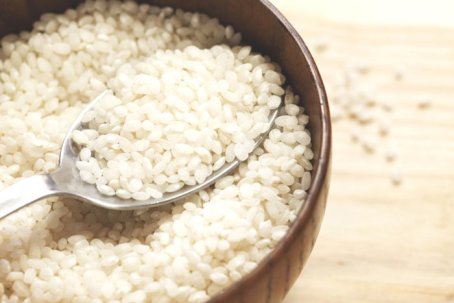
- A basic long grain, white riceis widely used. It has been milled to remove its outer husk and polished to eliminate any bran remnants, resulting in fewer nutrients than brown or red rice. When cooked, white rice stays fluffy and separates easily. Highly versatile, you can enjoy it in pilafs, as part of a salad, or topped with chicken, meat, or vegetables. Day-old cooked white rice is primed and ready for you ginger fried rice, too. Just saying.
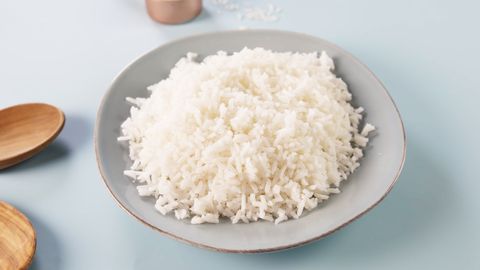
- Wild riceis actually a grass! Commonly grown in wetlands in and around lakes, rivers, and bays, this woodsy enigma has origins in the upper Great Lakes region of the United States. When cooked, the skin splits open and the grain curls up to reveal a white interior, resulting in a unique texture we can't enough of. Wild rice boasts a toasty flavor akin to black tea. Try making a vegetable pilaf or mixing with nuts and dried fruits for an epic side dish.
